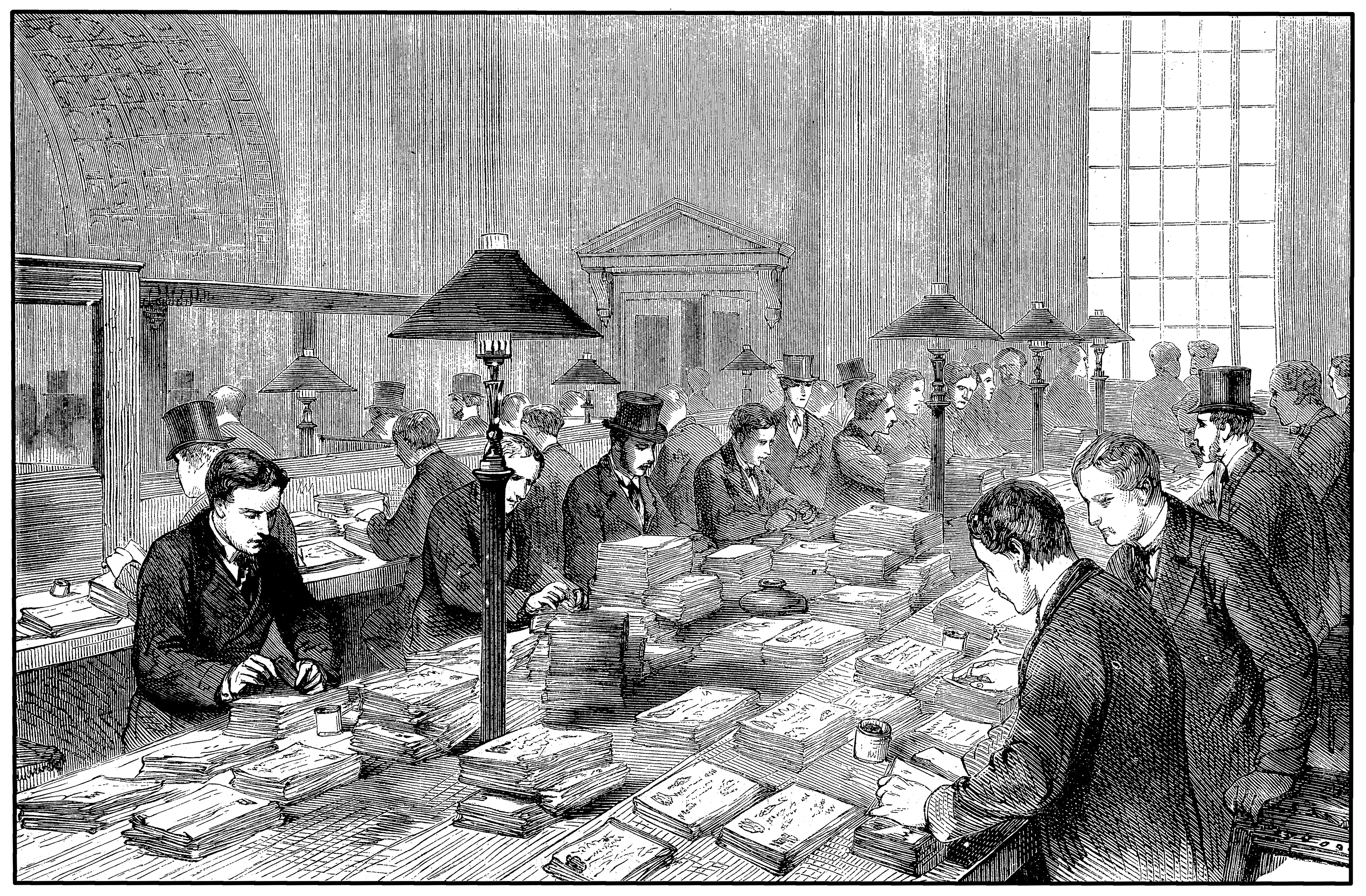Banks are like the backbone of society, but let’s face it, our relationship with money has had quite the makeover over the years.
Picture this: in the early days, settlers in Australia were happily swapping booze for goods. Yep, you read that right! It’s a wild thought and makes you wonder about the security headaches they must have had back then, doesn’t it?
Now, let’s take a stroll through some of the highlights of Australia’s financial history, from the dusty vaults of yesteryear to the shiny screens of today…
A Blast from the Past: Aussie Banking Origins
Australia’s first bank
Back in 1817, Australia saw its very first bank pop up in Sydney CBD. The Bank of New South Wales, now known as Westpac, was born out of a struggle to keep the colonial economy ticking along smoothly amidst a chaotic mix of coins, bartering, and rum. Yep, rum was serious currency back then! Fast forward to today, and Westpac is still going strong, proving that sometimes the oldest players in the game are the ones that last the longest.
From this point, banks became the centre of most developing townships. If you read about the history of any Australian town, the majority began with a name, a post office, and a bank.
Early banking challenges
Those early banks had their fair share of teething problems. Currency shortages, loans going overdue, and new competition cropping up left them scratching their heads. But they weathered the storm, even when the government was giving them the ol’ wind-up notice!
In 1910, Australia finally got its act together and introduced its own national currency, swapping out pounds for dollars in the swinging sixties.
Technology and Progress
Automated teller machines
Behold, the glorious age of convenience! In the swinging sixties, ATMs burst onto the scene, making it rain cash without the need to stand in line at the bank. It was around this time bank cards and PINs were introduced as the main way for people to access their money. But here’s the kicker: those early adopters had to wait for their cards to be mailed back to them and could only withdraw 25 bucks a day. Talk about a blast from the past!
Watch a demonstration of Australia’s early “instant money” ATM technology:
After Australians adapted to using ATMs, the use of money evolved again. For example, one and two cent coins stopped being produced in 1990 due to production costs outweighing the value of the currency, and in 1996, paper currency was replaced by plastic money. With this, came enhanced security features to further protect the country against counterfeit notes entering the system.
Point of sale technology
The next big leap was EFTPOS, which saved Australians from having to visit an ATM and allowing them to withdraw cash when doing their weekly shopping. All of a sudden, banks had a presence in thousands of stores and restaurants, facilitating Electronic Funds Transfers at Point of Sale (in case you ever wondered what EFTPOS stands for).
Embracing the Digital Age
Internet banking
Internet banking launched in Australia in the late 1990s, bringing the banking experience into people’s homes.
Since then, technology has progressed in leaps and bounds, with the introduction of banking apps, instant payment transfers, digital wallets and new currencies like blockchain. Instead of withdrawing cash or writing a cheque, many Australians now pay for goods and services by flashing their smartphone or double-clicking a button on their watch and holding it up to the device to make a contactless payment. Even young ones with lemonade stands can access the technology they need to collect payment from their entrepreneurial endeavours without ever seeing a coin or note handed over.
New platforms such as our Multi-Currency Cash Passport are also making it easier to travel and pay for international goodies across the world with fewer clicks and less friction.
Moving Forward
As we look to the future, one thing’s for sure: change is on the horizon. At Woolworths Team Bank, we’re waving goodbye to cheques and hello to a future of fast, secure transactions. We’re committed to bringing you innovative solutions that keep pace with your evolving needs. Because at the end of the day, it’s all about helping you live life on your terms. Cheers to that!

